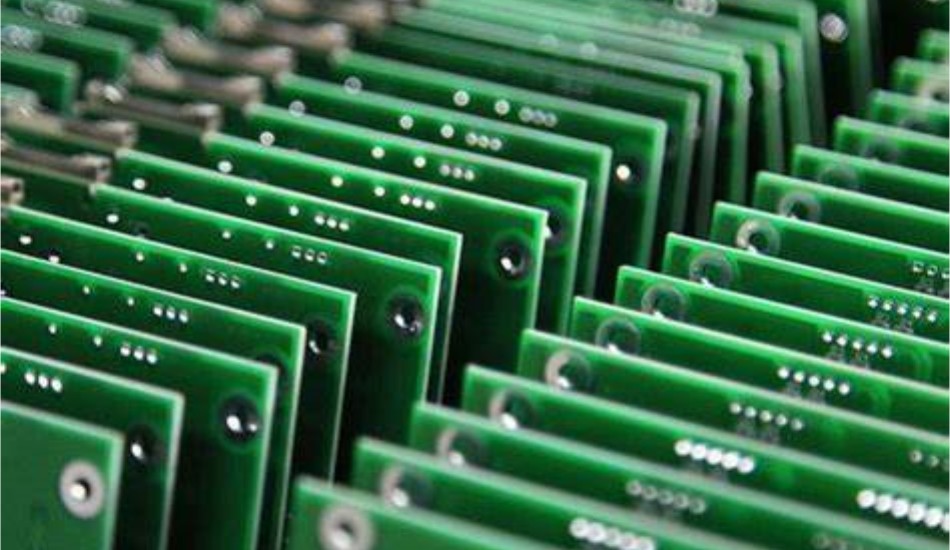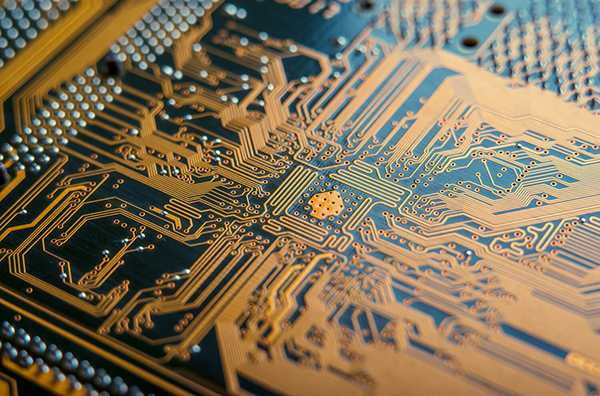Making a printed circuit board (PCB) is a complex process involving many steps. Depending on the complexity of the board, number of layers, size, and other factors, the total PCB production time can range from a few days to several weeks. In this article, we’ll walk through the key stages of making a PCB and examine the factors that influence the overall timeline.
Overview of the PCB Manufacturing Process
There are five main steps in manufacturing PCBs:
Design
This involves creating the PCB layout using CAD software. The design stage includes schematic capture, board layout, routing, and finalizing the Gerber files needed for fabrication. A simple 2-layer board with just a few components may only take a couple of hours to design, while a complex multilayer board can take weeks.
Prototyping
Once the design is complete, engineers will often order a small batch of prototype PCBs to test the board and make any needed tweaks to the design. Prototyping time is typically 1-5 days.
Fabrication
This is when the PCB manufacturer actually produces the boards based on the Gerber files provided. Fabrication involves processes like lamination, drilling, imaging, plating, etching, testing and more. For standard “quick turn” boards, fabrication usually takes 2-4 days.
Assembly
If the boards need to be populated with components, the PCB assembly process will solder components onto the board. For simple assemblies with just a few components, this may only add 1-2 days. Complex assemblies with hundreds of components can take weeks.
Testing/Inspection
Once assembled, boards undergo comprehensive testing and inspection to verify proper function. This adds another 1-2 days to the timeline.
Factors That Influence Total PCB Production Time

There are several key factors that determine whether your PCB order will take a few days or a few weeks:
Board Complexity
- Number of layers – Complex multilayer boards take longer to produce than simple 2-layer boards.
- Board size – Large boards take longer than small boards.
- Component density – Boards with many tightly packed components require more care.
- Fine features – Boards with very fine traces or spacing increase fabrication time.
Order Quantity
- Prototypes – Small batches of 1-10 boards can usually be delivered in just a few days.
- Production orders – Larger orders of 100+ boards take longer due to increased fabrication and assembly time.
Assembly Requirements
- SMT components – Surface mount assemblies take longer than through-hole.
- BGAs/QFNs – Boards with ball grid arrays or QFN components add time.
- Component count – More components means longer assembly time.
Specialized Processes
- Via filling – Filling vias on multilayer boards adds 1-2 days.
- Higher layer counts – Anything above 6 layers increases time.
- Thick boards – Boards over 2.4 mm take longer to produce.
- Impedance control – Maintaining tight impedance tolerances adds time.
- Flex/rigid-flex – Multilayer flex boards take longer to fabricate.
Lead Time
- Standard vs. expedited – Paying for expedited turnaround can shave days off the schedule.
- Contingency days – Building in an extra 20-30% contingency days is recommended.
Testing/Inspections
- Basic vs. full testing – Opting for full functional/environmental testing adds days.
- First article inspection – Thorough first article inspection adds 1-2 days.
- IPC Class 2 vs. 3 – IPC Class 3 boards take longer to thoroughly inspect.
Example PCB Production Timelines
To give you a better idea, here are some examples of real-world PCB production schedules:
Simple 2-Layer Board
- Design time: 2-3 hours
- Prototype build: 2-3 days
- Fabrication: 2-4 days
- Total: Approx. 1 week
This is typical for a very simple board, like an Arduino shield, with just a few components and no assembly.
2-Layer Board with SMT Assembly
- Design: 1-2 days
- Prototype: 2-3 days
- Fabrication: 3-4 days
- Assembly: 1-2 days
- Testing: 1-2 days
- Total: 10-12 days
A slightly more complex board with surface mount assembly of 10-20 components falls in this range.
Multilayer Board with Complex BGA Assembly
- Design: 5-10 days
- Prototype: 3-5 days
- Fabrication: 5-8 days
- Assembly: 4-8 days
- Testing: 2-3 days
- Total: 3-4 weeks
High complexity boards with tight tolerances, impedance control, and advanced component assembly can easily take a month.
Tips for Expediting Your PCB Order

Here are some tips to help speed up PCB production as much as possible:
- Use an online CAD tool like EasyEDA that eliminates design time
- Order prototypes and production from the same manufacturer
- Minimize board layers, components, and features where possible
- Pay for expedited turnaround and extra contingency days
- Split complex boards into smaller sub-boards to simplify manufacturing
- Avoid hard-to-source components and packages
- Provide complete, error-free Gerber files and bill of materials
- Opt for basic testing unless full testing is absolutely needed
Conclusion
In summary, typical PCB production timescales range from 1 week for very simple boards to 4 weeks for complex multilayer boards requiring advanced assembly. Factors like complexity, order quantity, assembly requirements, and lead time options all impact the total schedule. Following PCB design best practices and choosing a manufacturer that offers expedited fabrication and assembly services can help accelerate your PCB production as much as possible.
Frequently Asked Questions
Q: What is the average PCB production time?
The average production time is 1-2 weeks. Simple prototype boards can be delivered in under a week, while complex production boards often take 2-4 weeks.
Q: How can I get PCBs faster?
Paying for expedited fabrication and assembly is the best way to speed up delivery. Using an online PCB design tool can also eliminate design time. Finally, keeping board complexity low will help reduce manufacturing time.
Q: Does board size affect lead time?
Yes, larger PCBs take longer to manufacture compared to smaller boards. This is due to increased fabrication time for handling larger panels.
Q: Do the number of layers influence production time?
Absolutely. Each additional layer adds significant fabrication time. 2-layer boards are the fastest, while high layer counts above 6 layers can double or triple fabrication time.
Q: How much does assembly time impact the schedule?
For boards that require component assembly, this can easily add weeks to the timeline depending on complexity and order quantity. Simplifying assemblies is key for fast delivery.






Leave a Reply